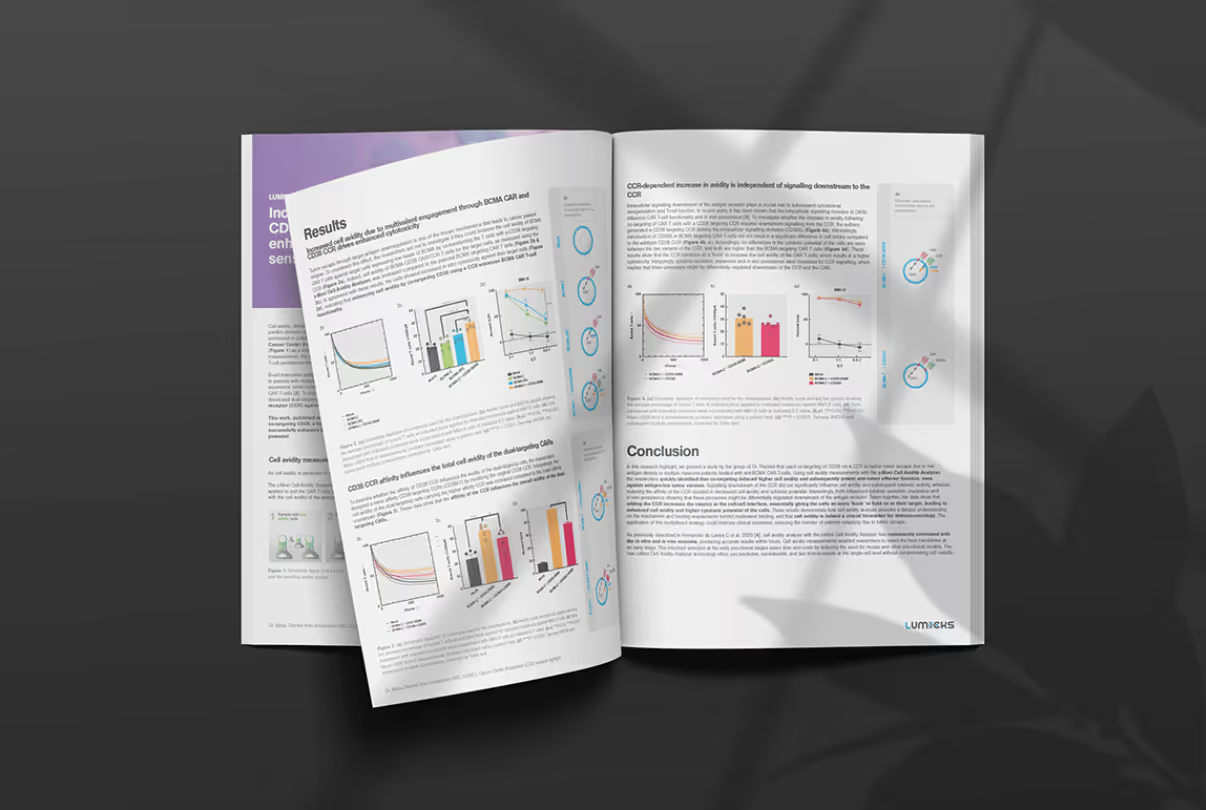In a recent publication, researchers at the University of Illinois at Chicago used the C-Trap® to study the relationship between structural properties of biomolecular condensates and their fusion times. They found that fusion times, an indicator of condensate density, varies depending on their structural organization.
The findings highlight how physical properties of condensates directly correlate with fusion times and, as an extension, possibly also with their physiological properties and aging.
Fusion times of biomolecular droplets can be measured by separately trapping two droplets and directing one of the trapped droplets towards the other until they fuse together. To identify the effect of physicochemical factors on droplet fusion, the investigators compared fusion times between four types of droplets with different macromolecular compositions.
They found that droplets vary in their fusion speeds depending on their intrinsic compositions. Condensates with more structured polymer chains are denser than less structured condensates and, as a result, take longer to fuse. The researchers confirmed these findings in a follow-up experiment using thioflavin T, a fluorescent dye that is used to study protein aggregation. Fluorescence intensities – indicating the molecular packing inside each droplet – directly correlated with the fusion times extracted from the C-Trap experiments.
The study is a fine example of how the C-Trap can be used to characterize condensate composition by quantifying and ranking fusion speeds of different droplets. Quantitative analyses with optical tweezers may also serve as a for other assessment approaches of droplet liquidity or density, such as thioflavin T-derived compositions. Ultimately, these types of measurements can expand our knowledge of biomolecular condensates and how they affect droplet formation and their aging.
Congratulations to Dr. Archishman Ghosh and Prof. Huan-Xiang Zhou at the University of Illinois at Chicago for these exciting findings and the publication!
For more information, read the full article published in the journal Angewandte Chemie titled “Determinants for fusion speed of biomolecular droplets”.
Are you interested in using dynamic single-molecule tools like the C-Trap® for your research? Feel free to contact us for more information, a demo, or a quote.









